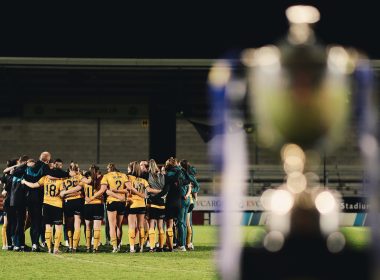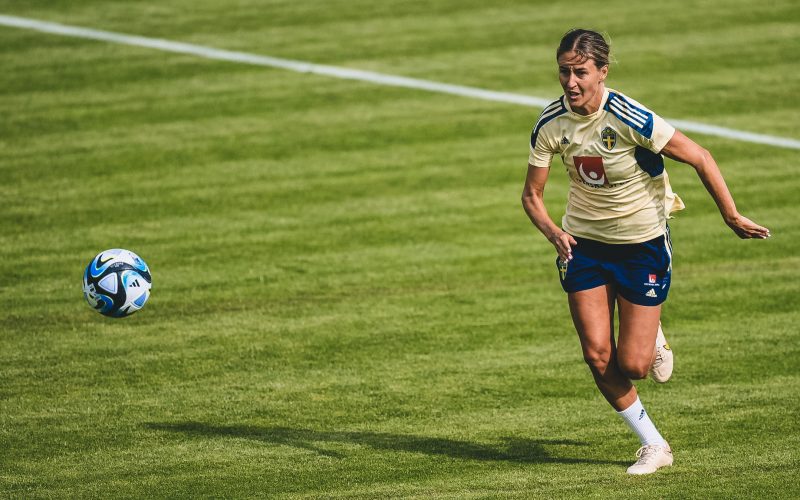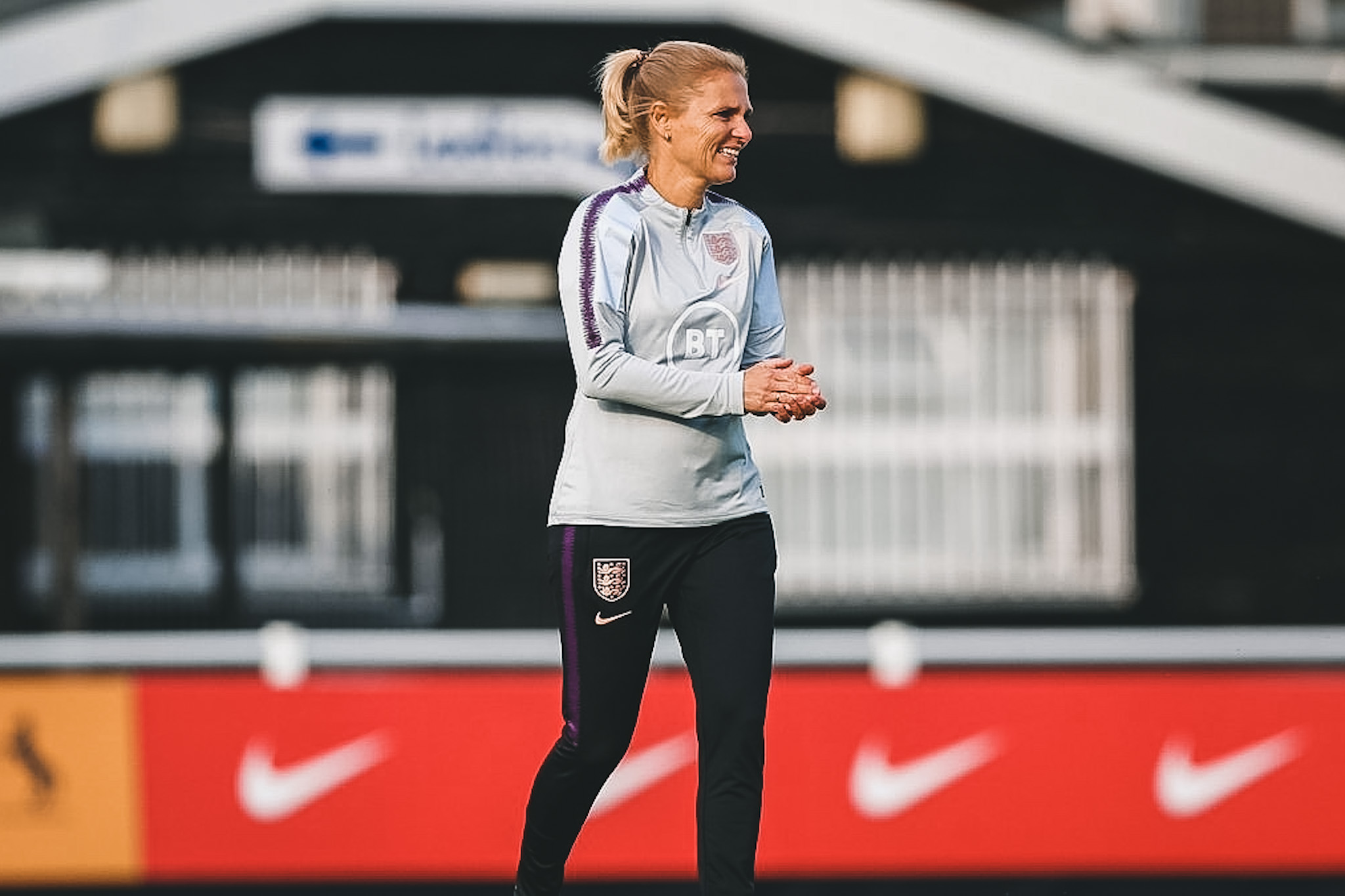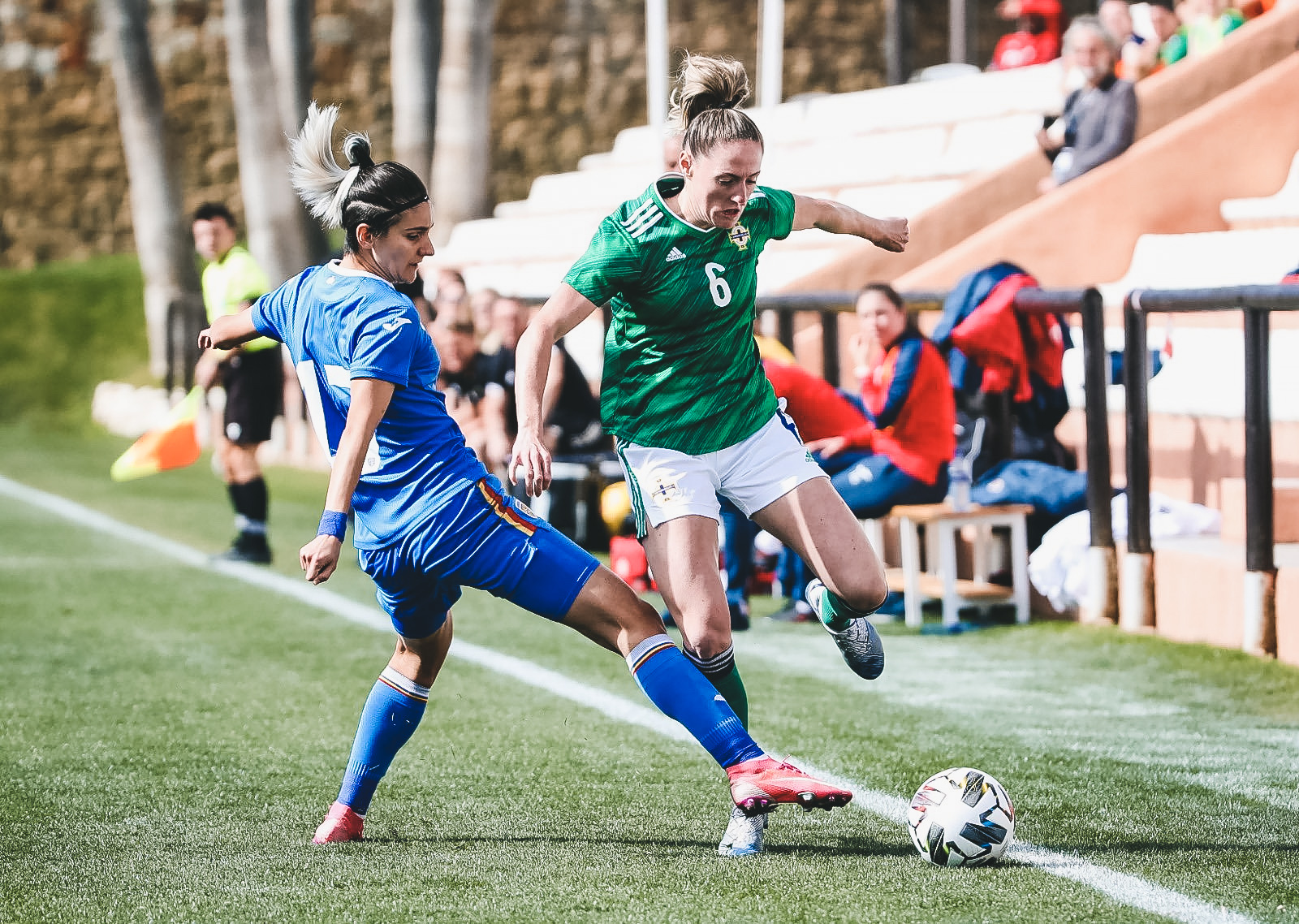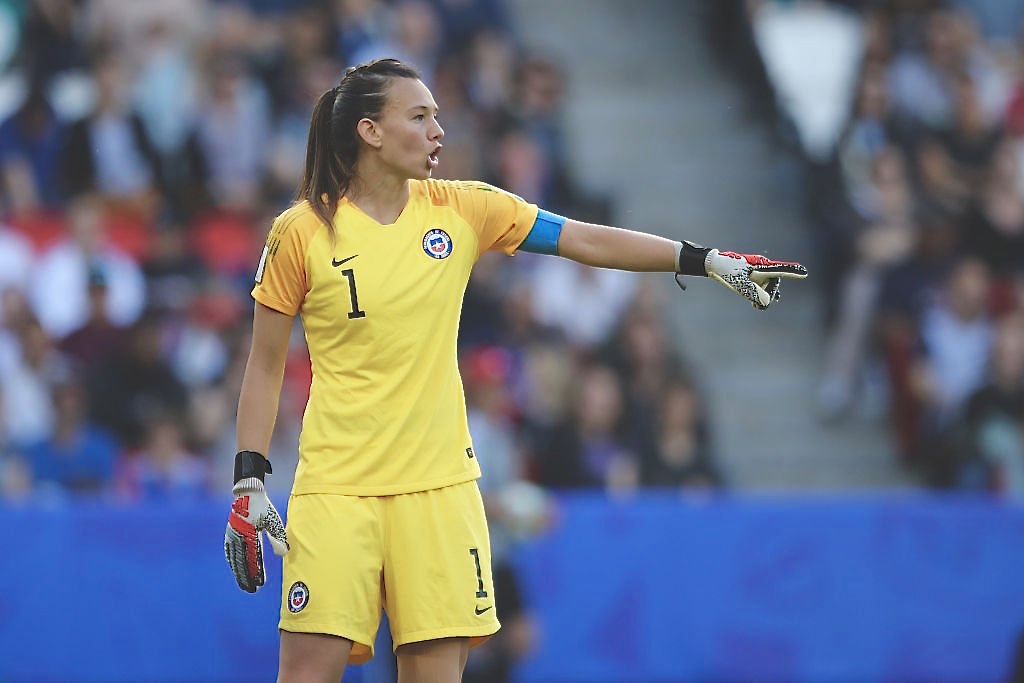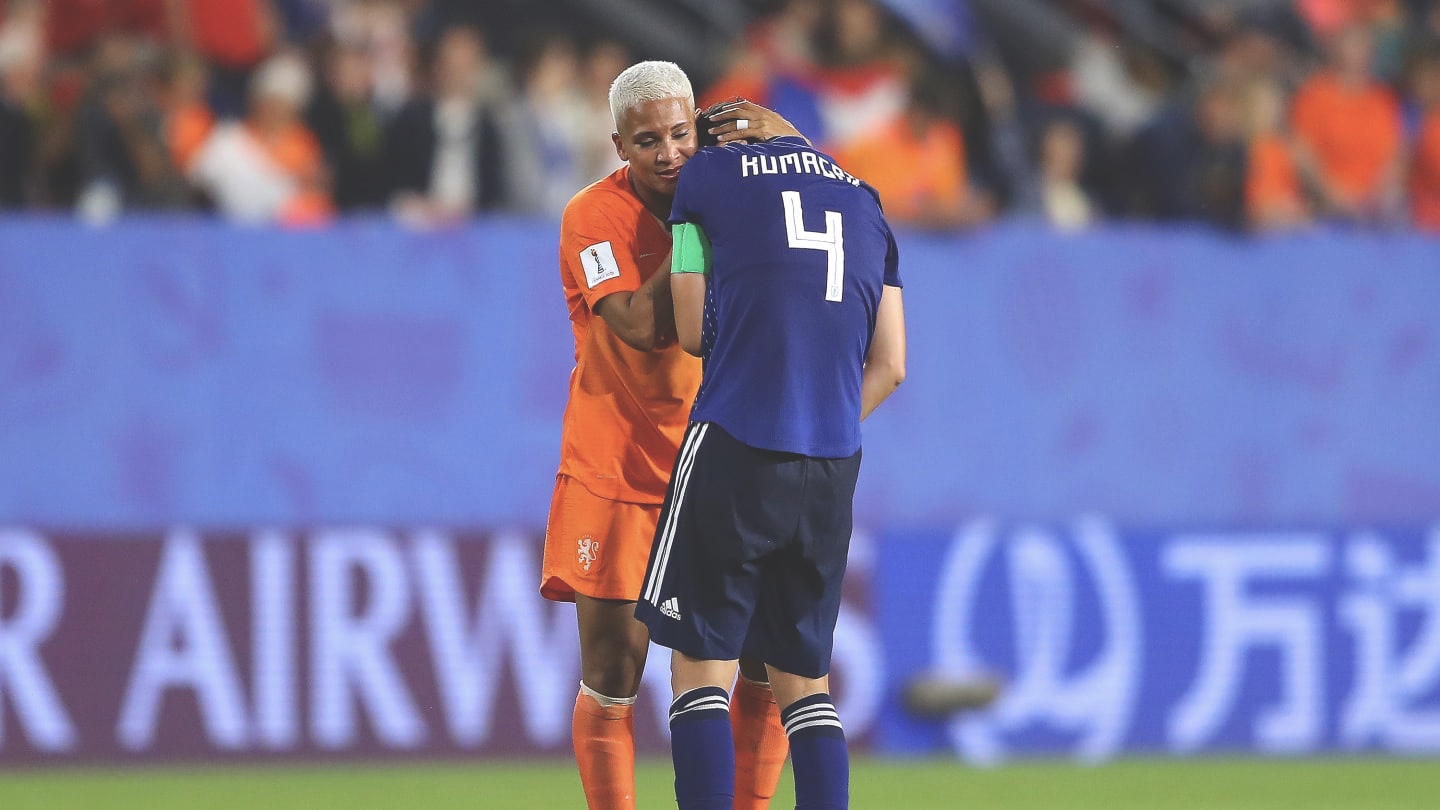With the 2023 FIFA Women’s World Cup drawing tantalisingly closer, let’s take a look at how things are shaping up for Sweden, a side that is always fancied at international tournaments. After reaching the semi-finals last time around, Peter Gerhardsson’s side will be hoping to go one better.
Bronze medal holders
Blågult put in a strong showing at the 2019 FIFA Women’s World Cup in France, finishing second behind the USA in Group F following victories over Chile and Thailand. After this, a challenging knockout stage faced the Swedish side.
First of all, the 2003 runners-up beat Canada 1-0 at the Parc des Princes in the Round of 16, before defeating Germany 2-1 in Rennes at the quarter-final stage. Both of these victories underlined Sweden’s strong footballing credentials on the world stage.
The semi-finals were a step too far, with the side succumbing to a 1-0 extra-time defeat to the Netherlands, who were 2019’s eventual runners-up. However, the Swedes still left France with medals around their necks, after defeating England 2-1 in the third-place playoff.
In the meantime
The four-year period since the last Women’s World Cup has been punctuated by the coronavirus pandemic, which pushed Sweden’s UEFA Women’s Euro 2021 campaign back a year to 2022. In this instance, the side topped their group, beating the Netherlands on goal difference.
After squeezing past Belgium with a 1-0 quarter-final victory, the Swedes were brought to a halt by a 4-0 semi-final defeat to eventual winners England in Sheffield. Thereafter, the side defeated Finland in their last World Cup qualifier, and it has since played six friendlies.
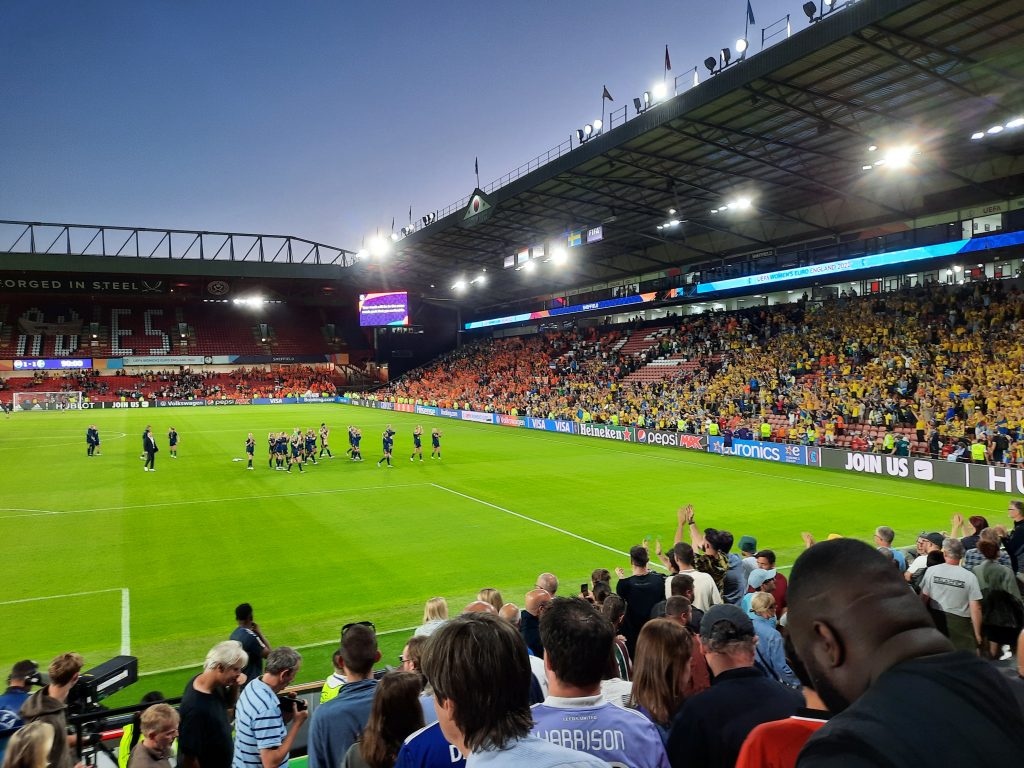
These friendlies have proven to be something of a mixed bag, comprising two wins (3-0 vs France and 4-1 vs China), two draws (1-1 vs Spain and 0-0 vs Germany), and two defeats (0-4 vs Australia and 0-1 vs Denmark).
Sweden’s last friendly match before their competitive bow at the 2023 FIFA Women’s World Cup will see them face off against the Philippines in Wellington (the site of their first two group games) on the 17th of July.
A winnable group, but difficult thereafter?
Sweden have been drawn against South Africa, Italy, and Argentina in Group G. They have unbeaten records against the former and latter of these, as well as having beaten Italy in 15 of 24 meetings. As such, nothing less than a first-place finish will be acceptable for Gerhardsson’s girls.
That being said, Sweden could face a difficult start to the knockout stages, with the winners of Group G facing the runners-up of Group E. That group features USA, the Netherlands, Portugal, and Vietnam, with the first pair certainly representing formidable opponents. Portugal also shouldn’t be ruled out as a potential dark horse.
Further down the line, challenging quarter and semi-final ties against the likes of Japan, Norway, and Spain could be on the cards, depending on how Sweden’s half of the bracket pans out. However, the likes of Australia, England, France, and Germany are on the other side, and so wouldn’t face Sweden, if at all, until the final.
FIFA’s latest world rankings have Sweden listed as the world’s third-best women’s national team. However, perhaps owing to their potentially challenging knockout bracket, they are only listed as seventh-favourites to win the tournament outright by Skybet, at odds of 16/1.
Keeping it tight at the back
Sweden announced their 23-player squad for the 2023 FIFA Women’s World Cup in the middle of last month, with squad numbers following a couple of weeks later.
The goalkeepers are Chelsea’s Zećira Mušović (10 caps), BK Häcken’s Jennifer Falk (16 caps), and KIF Örebro’s Tove Enblom (0 caps). Notable in her absence is veteran gloveswoman Hedvig Lindahl, who has won almost 200 caps for the national side.
In defence, Gerhardsson has selected a fine mixture of experience and youth, with Jonna Andersson (80 caps), Linda Sembrandt (136), Magdalena Eriksson (95), Amanda Ilestedt (64), and Nathalie Björn (50) having amassed 425 caps between them.
At the other end of the scale, 20-year-old Anna Sandberg and 21-year-old Hanna Lundkvist have appeared twice and four times for the Swedish national team respective
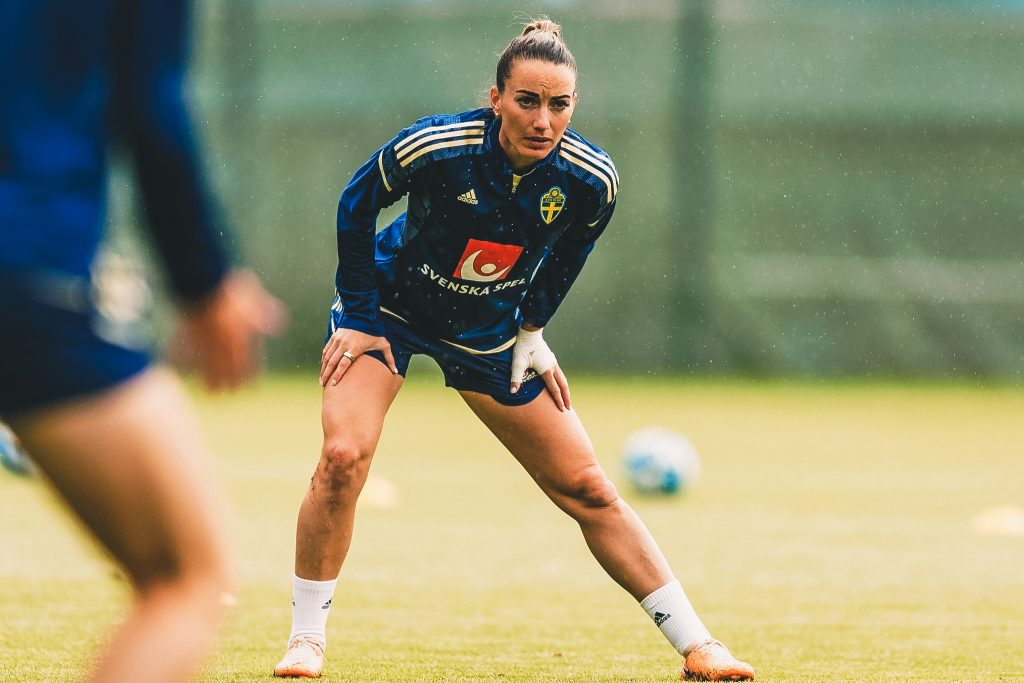
Going forward
Sweden’s midfield is also amongst the most experienced in the world, with three players (Olivia Schough on 105, Kosovare Asllani on 170, and captain Caroline Seger on 235) having exceeded the 100-cap mark.
The side also has big names from the WSL present in its midfield, such as Manchester City’s Filippa Angeldahl, Chelsea’s Johanna Rytting Kaneryd, and Everton’s Hanna Bennison. Completing Sweden’s midfield set is BK Häcken’s Elin Rubensson, who has 78 caps to her name.
Defences at the 2023 FIFA Women’s World Cup will certainly have a hard time keeping Sweden’s formidable front line quiet at the tournament. The side’s attack boasts Arsenal stars Lina Hurtig and Stina Blackstenius, as well as Champions League finalists Rebecka Blomqvist (Wolfsburg) and Fridolina Rolfö (Barcelona).
Completing the attack, Sweden can count on the services of Hammarby IF’s Madelen Janogy, with the most experienced player in this part of the squad being San Diego Wave’s Sofia Jakobsson. She has won 144 caps and scored 23 goals for Sweden.
Another final after 20 years?
Sweden’s best result at a FIFA Women’s World Cup came in 2003, when the side was defeated in the final by Germany in Carson, California. Two decades later, the team will be wanting to repeat the feat, if not go one better.
Is this realistic? On their day, with their good balance of experience and youth, the Swedish side are a match for just about anyone on the international stage. The team’s success will likely boil down to how well it navigates what could prove to be a tricky knockout bracket. Heja Sverige!




